Max and I have a thing about whales, and every year we make a point of spending time at the coast, looking out for them. When we went on our wonderful sunset sail a while ago, we met Lloyd Edwards, who runs an operation called Raggy Charters. Lloyd is both passionate and very knowledgeable about marine life in Algoa Bay and is involved in all sorts of marine conservation, education and research projects. In order to fund these, he has written a stunning book called Scenes from Algoa Bay, full of photos he has collected over his years of boating in the bay. In addition, he offers charters around the bay to the public.
Lloyd at the wheel of Orca 2, with Brenton Island in the background
We have been wanting to go on one of these ever since, and had decided that we would treat each other to a 3 hour whale watching and island cruise for each other's birthdays this year. Although the actual days are later in the year, we needed to book early while the whales are still in the Bay, as there is only a 3 month window of opportunity from June to September each year. We have been waiting for the right time, as far as available free time, weather etc is concerned, and finally it all came together.
There is, of course, no guarantee that we would see any whales, it is a very big bay, and the whales, although their numbers have recovered in recent years, are still not THAT plentiful. But it is a chance one takes, and anyway it would be fascinating to see the islands that we normally see as dark specks on the horizon when we look across the bay from our house.
So at 8.30 am we set off to the yacht club, and off we went on the Orca 2 catamaran. A gale and 5m swells had been forecast, and it was REALLY cold, but the sea wasn't too bad yet. After various infamous episodes in the past where both of us had deposited our breakfast in an inelegant fashion, I took the precaution of dosing us up with motion-sickness tablets, which, as it turned out, was a good thing, because there were times I felt very green around the gills, and if it hadn't been for the pills I would definitely have added to my already impressive portfolio of embarrassing moments!
For those of you who share my love of maps, and knowing where the things you are seeing are situated, here is a google image showing the hightlights of the cruise.
Did you know that whales leave 'footprints'?
Neither did we, until we saw a whale spouting nearby. It turned out to be a Brydes Whale. They are permanent residents of the bay, and are very shy creatures. They are also fast swimming predators who spend time chasing fish, so they are very hard to spot. We immediately headed fast in that direction, but the whale dived under the boat and dissappeared. The reason Lloyd was able to follow the movement of the whale and know which direction it was swimming in was because he is so practiced at seeing the "footprints" they leave in the water as they move along. If you look at the pattern of ripples on the water in front of the boat in the picture above, you will see an elyptical patch of smooth water to the bottom left.
This is the footprint, and you can learn to track whales by recognising them.
Our next milestone was Brenton Island, a bleak little outcrop of rock. From this angle, you can see the larger, but no less bleak, St Croix island peeping out beyond it.
Leaving Brenton and approaching St Croix, we noticed little clusters of penguins floating on the sea, and diving in after fish periodically.
We came around the windward side of St Croix, and immediately saw what a bleak and inhospitable place it is, stark, arid and windswept. Your first impression is that no living thing could survive there.
But as we rounded the island, our eyes adjusted to the well camoflaged clusters of birds nesting on the bare rocky slopes. Look closely and you will see lots of birds in this picture!
We saw penguins,
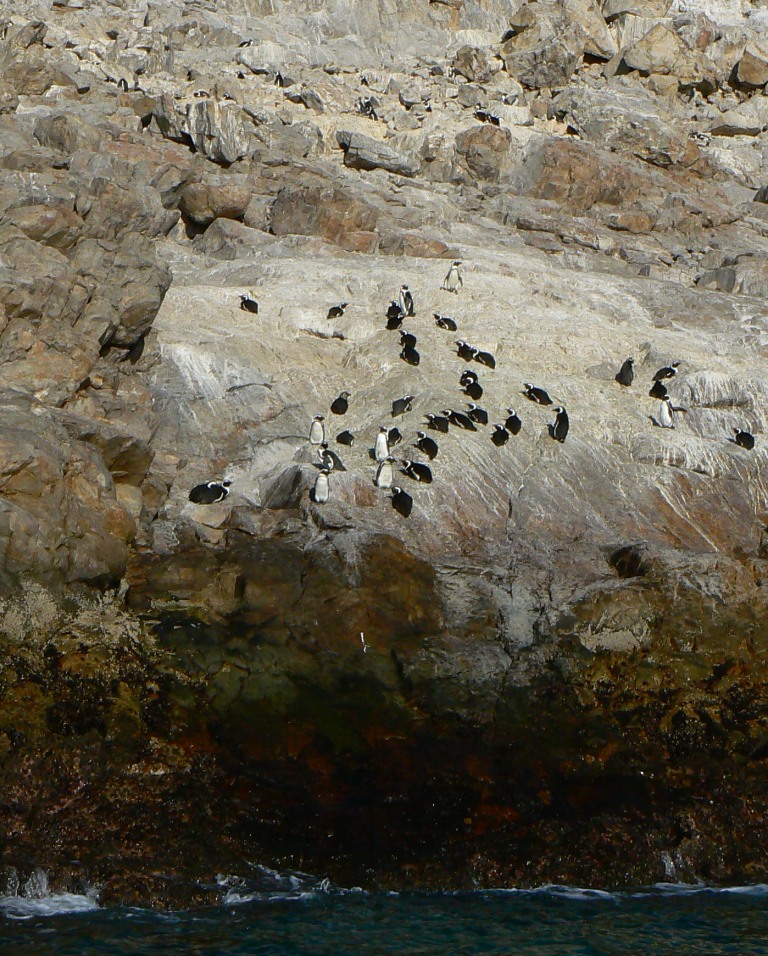
black cormorants,
white chested cormorants,
and the endangered black oystercatcher too.
It was quite amazing to see such a collection of birds clinging to life on this unfriendly windswept rock!
The cross on St Croix Island is a replica of one left by the Portugese explorer, Bartolomeu Diaz, way back in the 1488. Joshua Slocum talks about Algoa Bay in his book 'Sailing Alone Around the World':
"The early Portuguese navigators, endowed with patience, were more than sixty-nine years struggling to round this cape before they got as far as Algoa Bay, and there the crew mutinied. They landed on a small island, now called Santa Cruz, where they devoutly set up the cross, and swore they would cut the captain's throat if he attempted to sail farther. Beyond this they thought was the edge of the world, which they too believed was flat; and fearing that their ship would sail over the brink of it, they compelled Captain Diaz, their commander, to retrace his course, all being only too glad to get home. A year later, we are told, Vasco da Gama sailed successfully round the "Cape ofStorms," as the Cape of Good Hope was then called, and discovered Natal on Christmas or Natal day; hence the name. From this point the way to India was easy."
"The early Portuguese navigators, endowed with patience, were more than sixty-nine years struggling to round this cape before they got as far as Algoa Bay, and there the crew mutinied. They landed on a small island, now called Santa Cruz, where they devoutly set up the cross, and swore they would cut the captain's throat if he attempted to sail farther. Beyond this they thought was the edge of the world, which they too believed was flat; and fearing that their ship would sail over the brink of it, they compelled Captain Diaz, their commander, to retrace his course, all being only too glad to get home. A year later, we are told, Vasco da Gama sailed successfully round the "Cape ofStorms," as the Cape of Good Hope was then called, and discovered Natal on Christmas or Natal day; hence the name. From this point the way to India was easy."
St Croix has been home to a couple of unsuccessful enterprises over the years. If you look carefully at the picture below, you can see the rusted remains of a large metal pot on the rocks. This was used by whalers to boil whale blubber, but the shark population around the island proved to much for them, they couldn't cope with the sharks jumping clear of the water to steal their whale meat, and abandoned the venture.
In the 1950s, an attemp was made to collect guano, and these cottages were built. But the island proved too inhospitable, and it was not viable trying to collect on the steep slopes, so that was also abandoned.
in this picture you can see the abandoned cottages of the guano collectors, and to the left is the smuggler's cave which goes about 30m into the rock of the island.
This makes it a great place for smugglers, and conservationists like Lloyd are constantly on the lookout for such activities, in fact when we arrived there was a boat there for a bit of illegal fishing, a fact that was duly noted and reported. A while ago Lloyd found a huge stash of Perlemoen (abalone) in the cave, left there for collection by poachers.
Who would have thought a little bare rock could be such a fascinating place? I will continue with the cruise in the next few days.... and we will meet the whales!

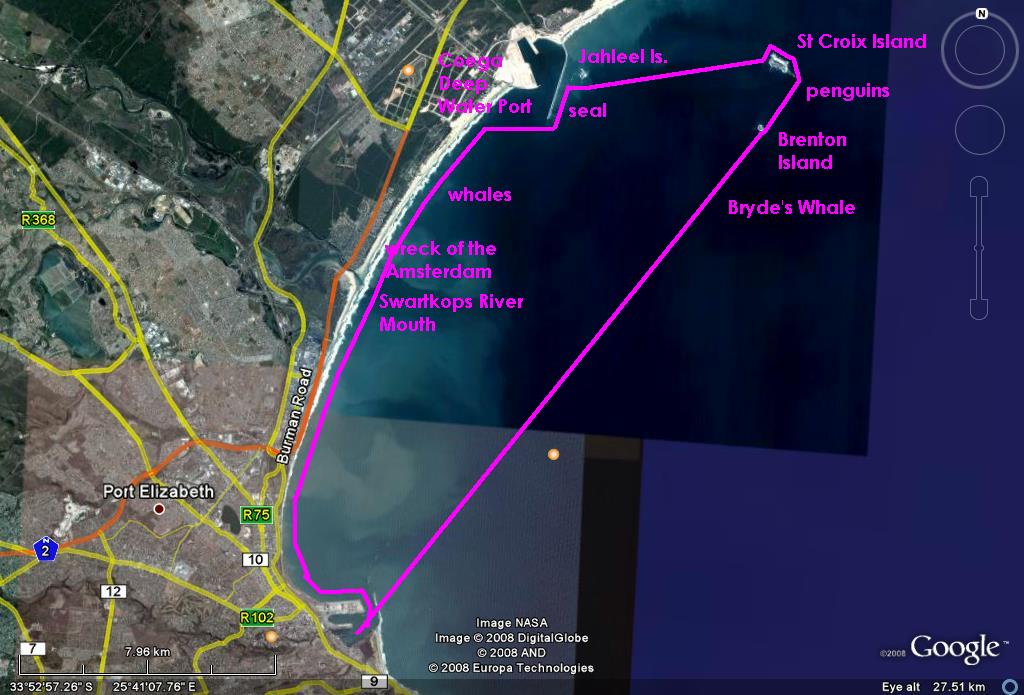
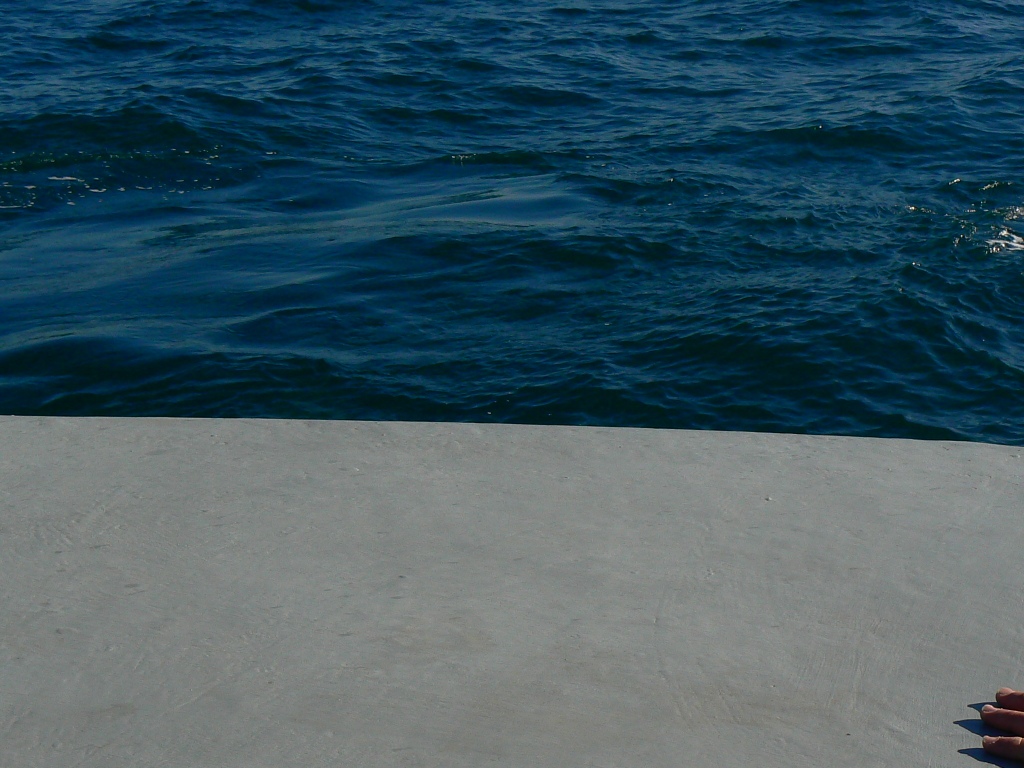
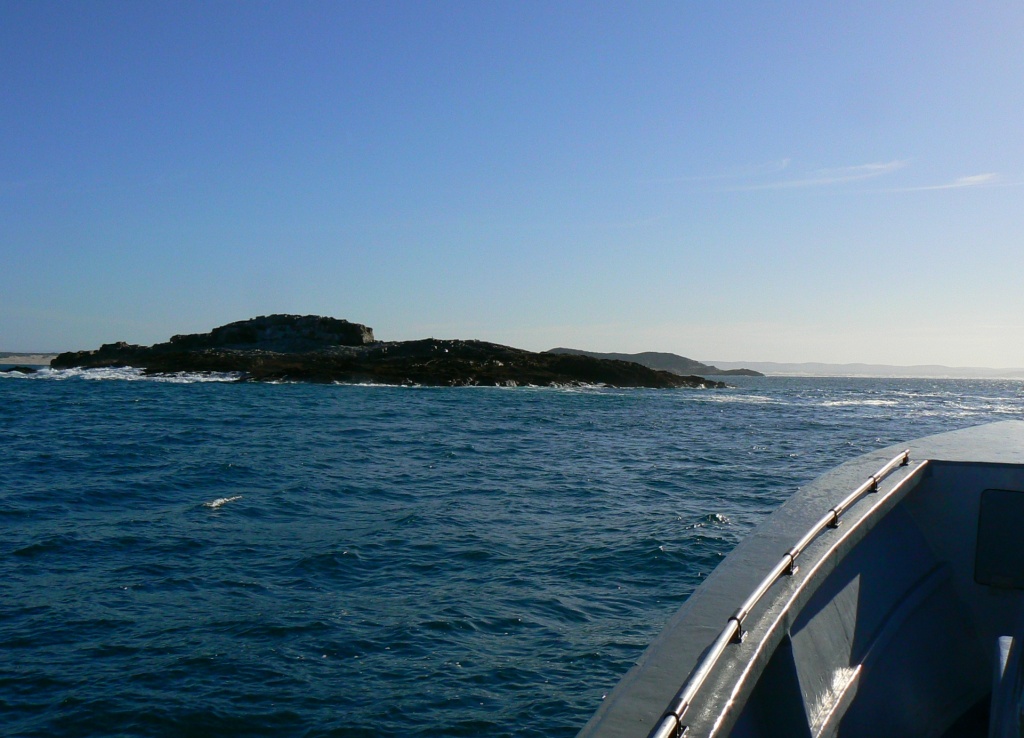
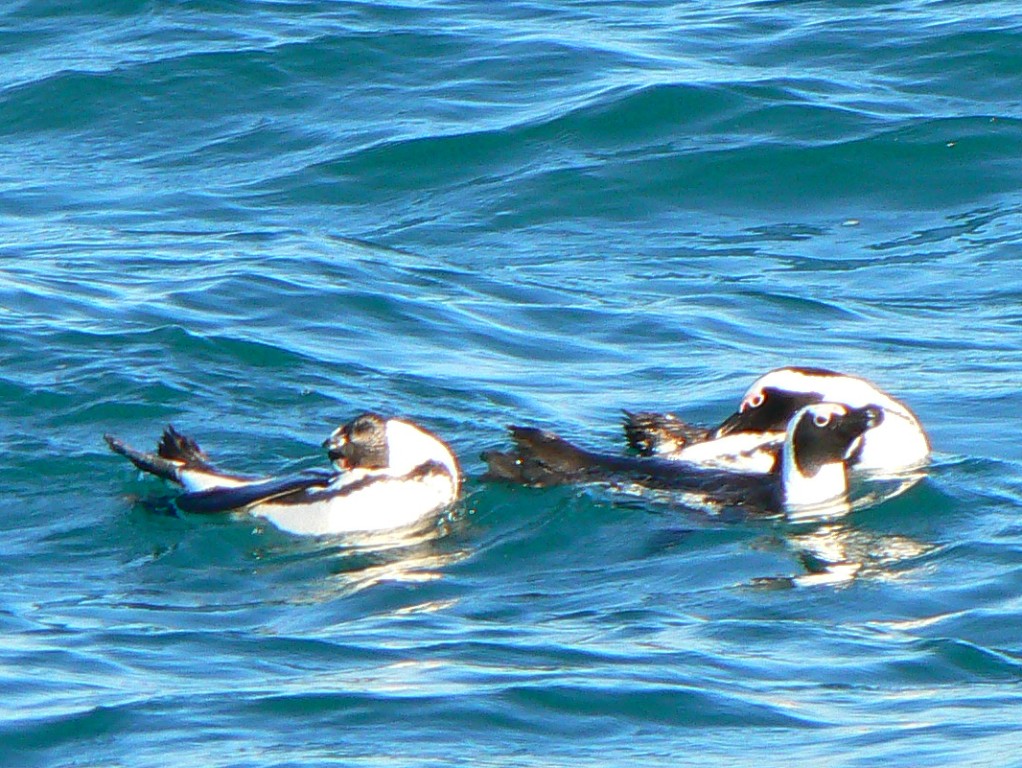
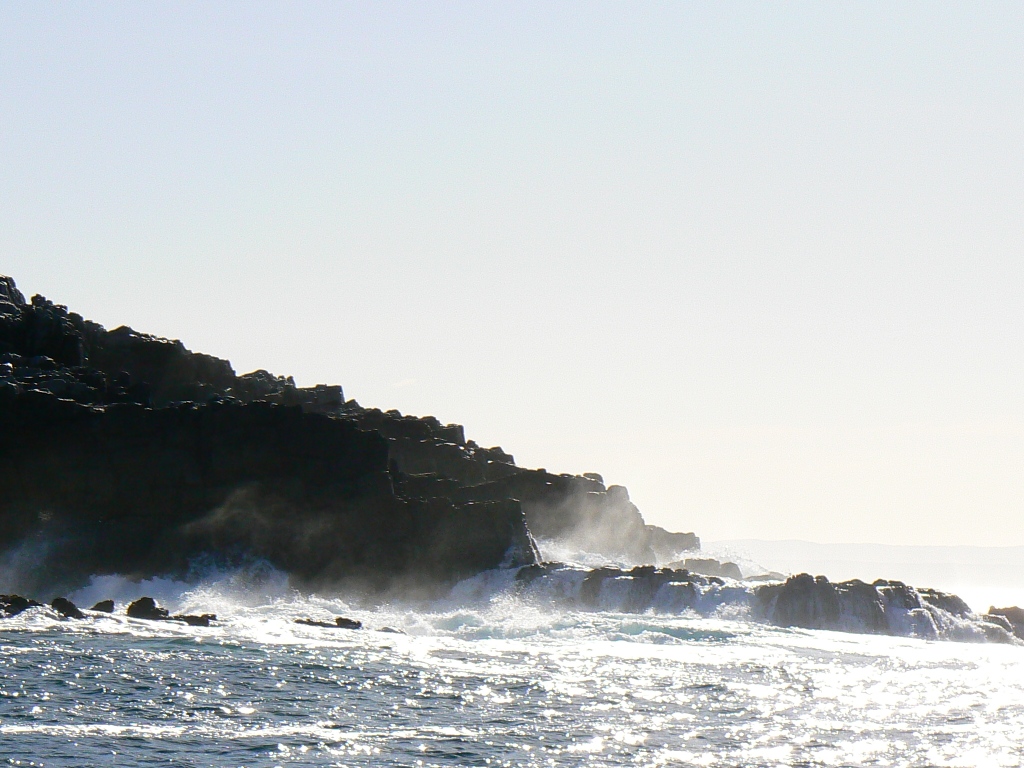
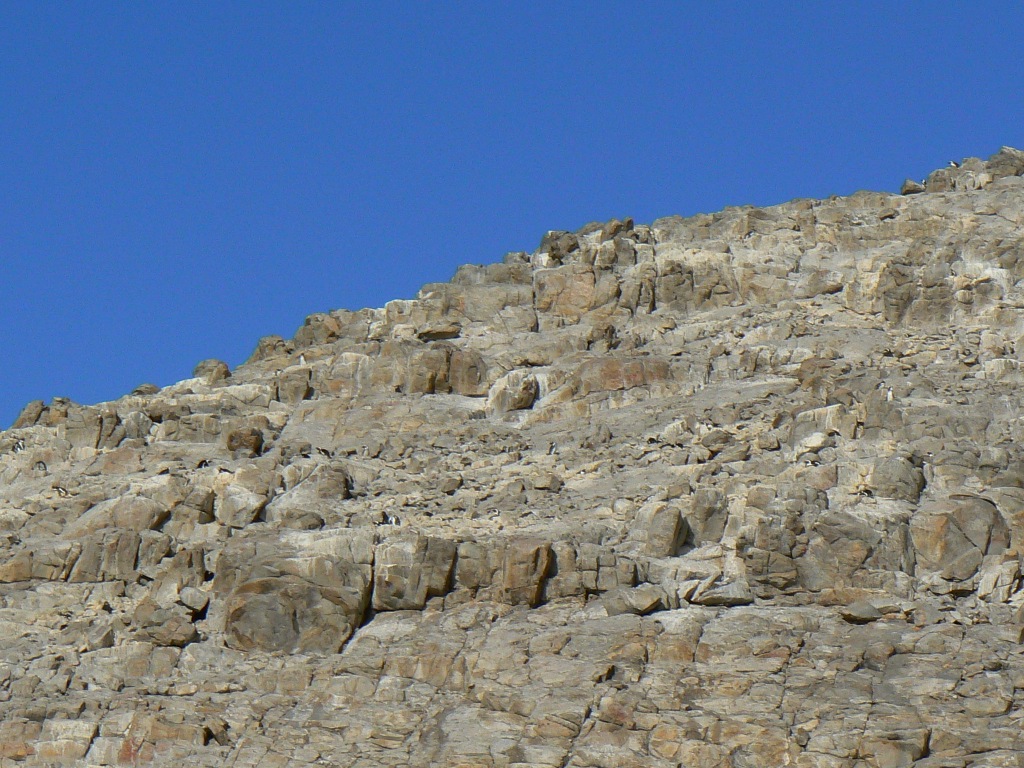
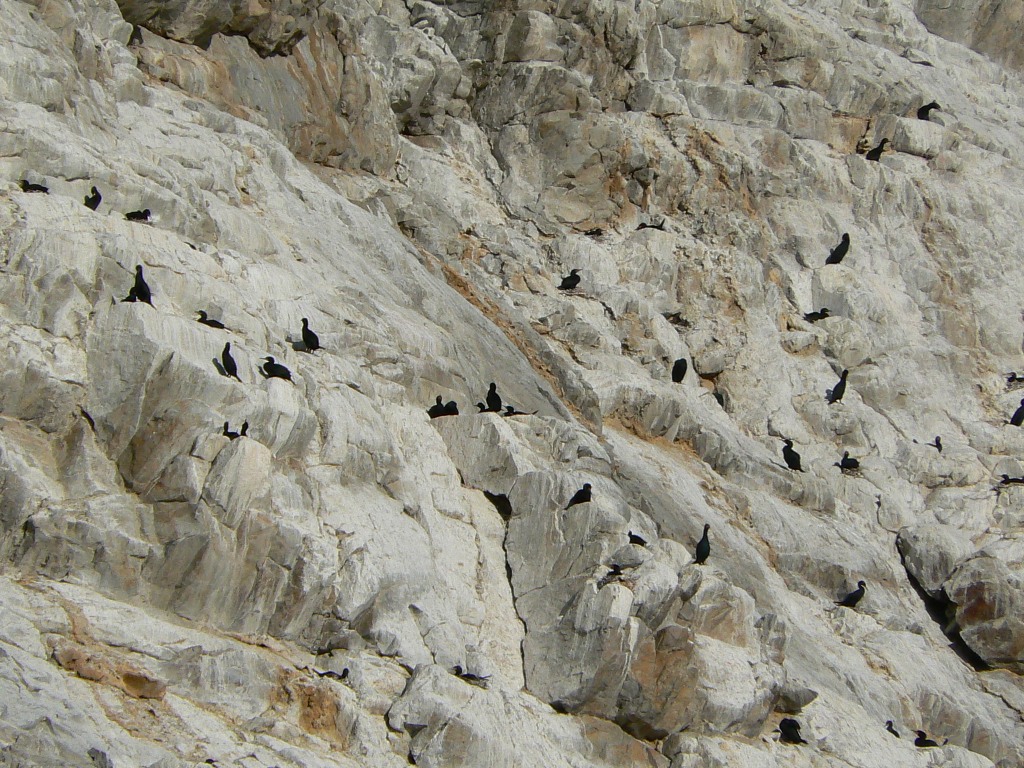
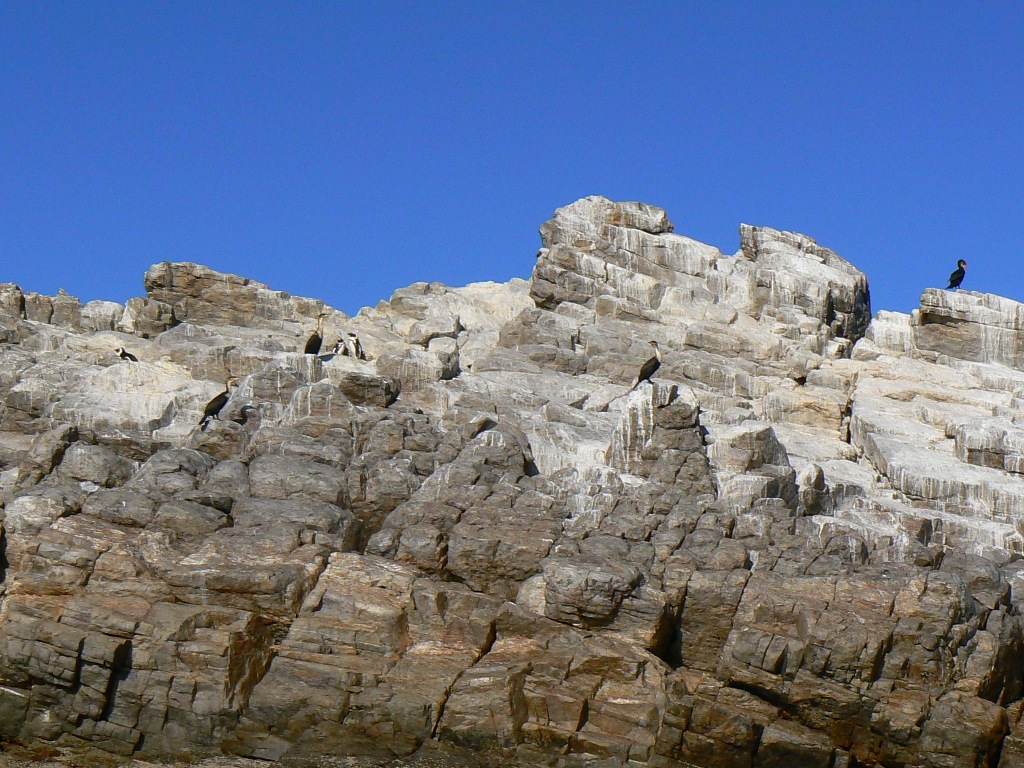
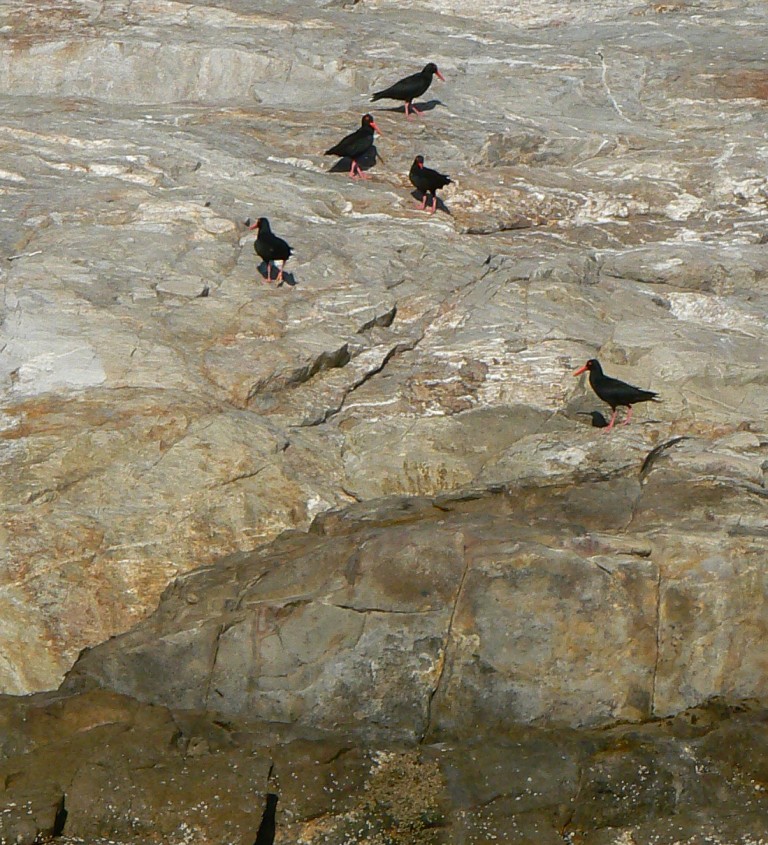
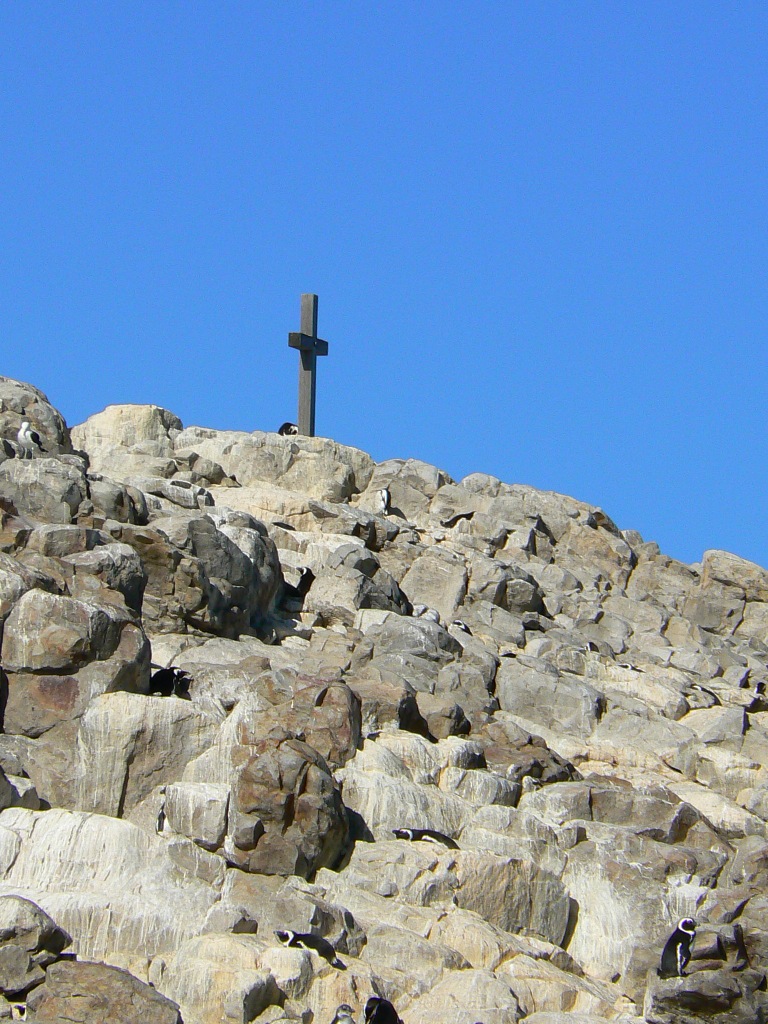
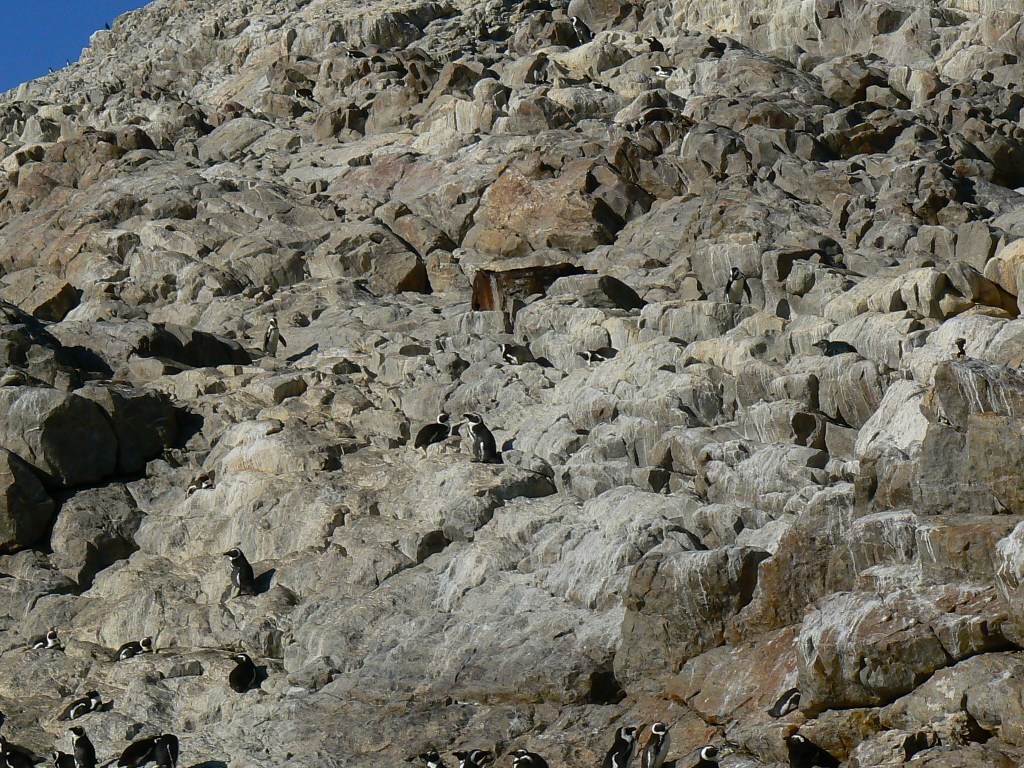
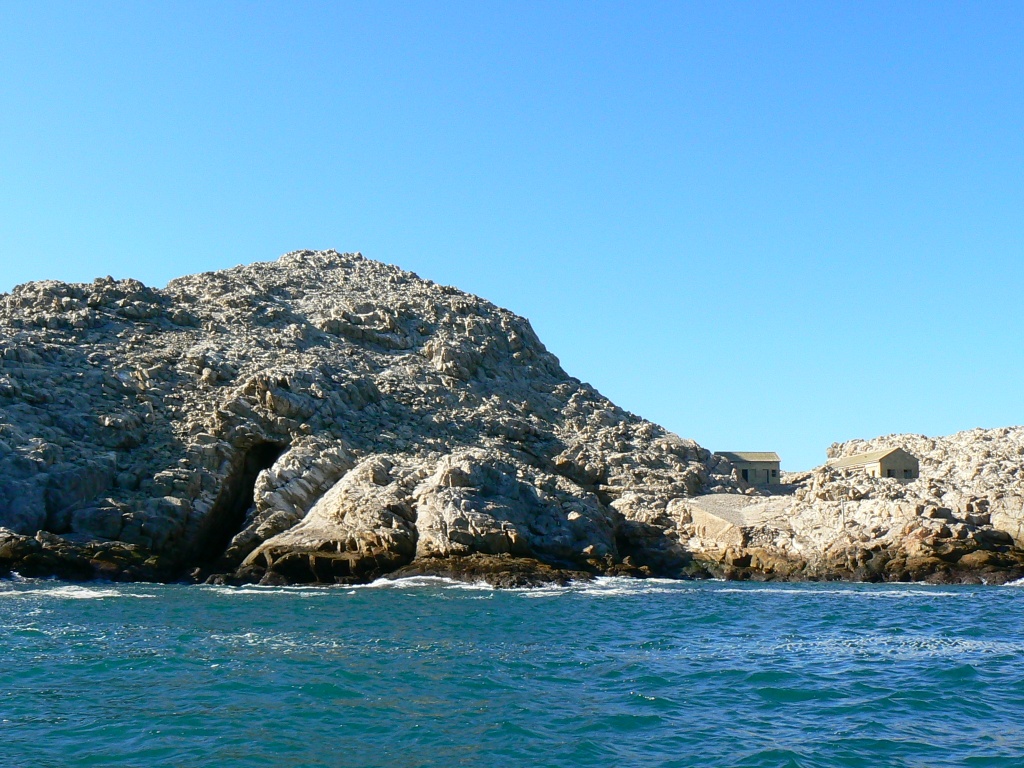
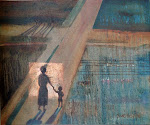







6 comments:
Great pictures Sue, Love those cute little penquins. It is so cool to see whales too. We have them off the coast of BC here in Canada too. Actually had one swim under our 22 foot boat one time. Talk about scary!!!
What is the story about the cross where the penquins are? And do tell what a whale footprint is. I haven't heard of that before.
Kelly
Yes, tell us about the footprint.
I am insanely jealous of your excursion,. We have a friend who does both fishing charters and marine tours off Neah Bay, Washington, but we didn't see any whales when we went out with him. On an Alaska cruise once, though, the captain actually turned the cruise ship around and went off closer to some whales that had been sighted in the distance.
Didnt knew about the footprint thing!
Awesome colours!
Wow! What a great photo reportage! Stunning photos! You did a wonderful job here!
I also don't know about footprint.
PS: I guess you will enjoy my current post about handicraft. If you have the time, please come to see that post.
kelley, katney, coca cutie and sonia, sorry, yesterday i was still writing this post and didn't realise it had published, it is a huge mission because I have to upload in wordpress, convert to html, copy codes across and then compose in blogger, so by the time i had done most of the pictures, i ran out of steam and fell asleep, so i only got to do all the text tonight! Anyway I hope you come back and see what a whale's footprint is!
Wonderfully explained now ad fascinating. Thanks for the heads up.
Post a Comment